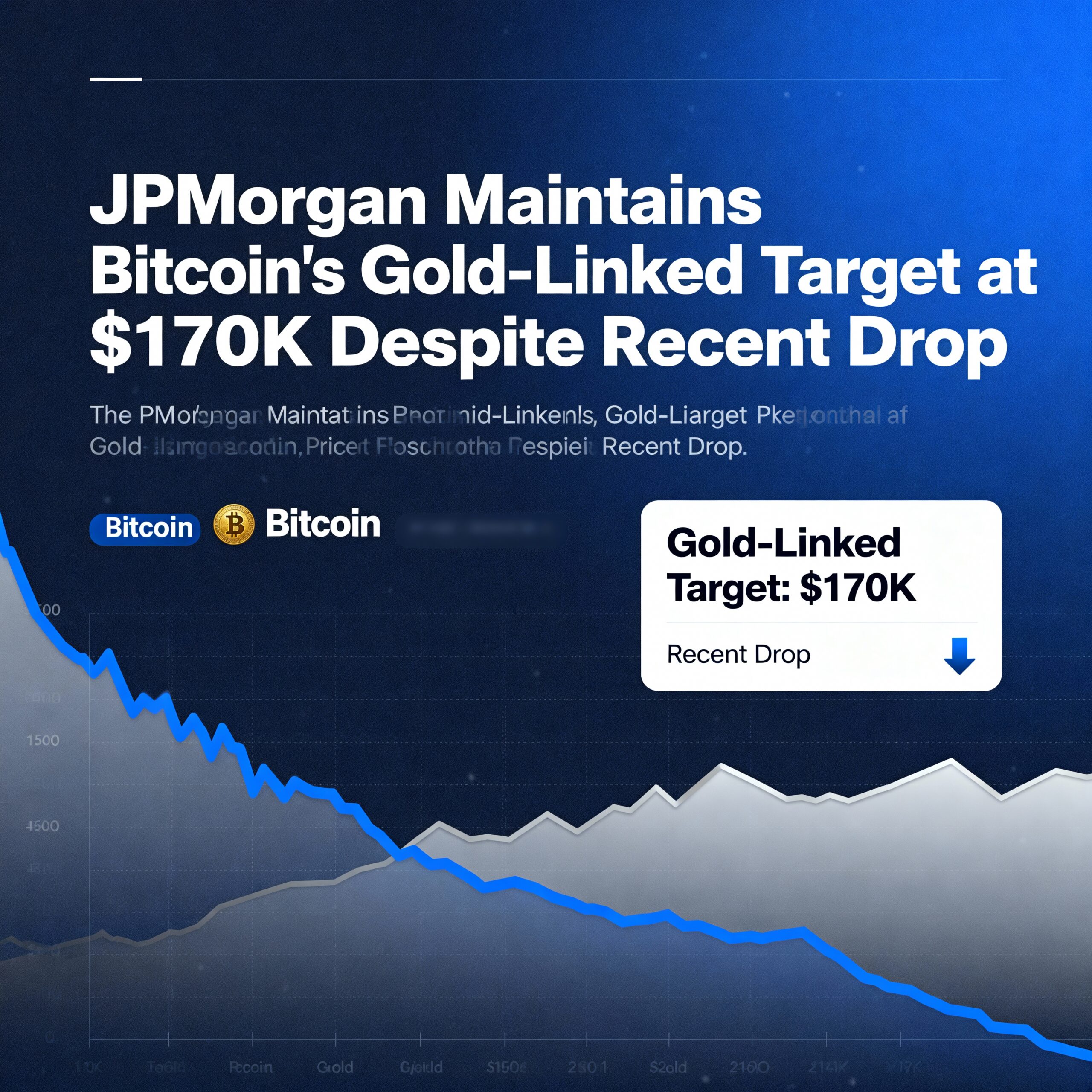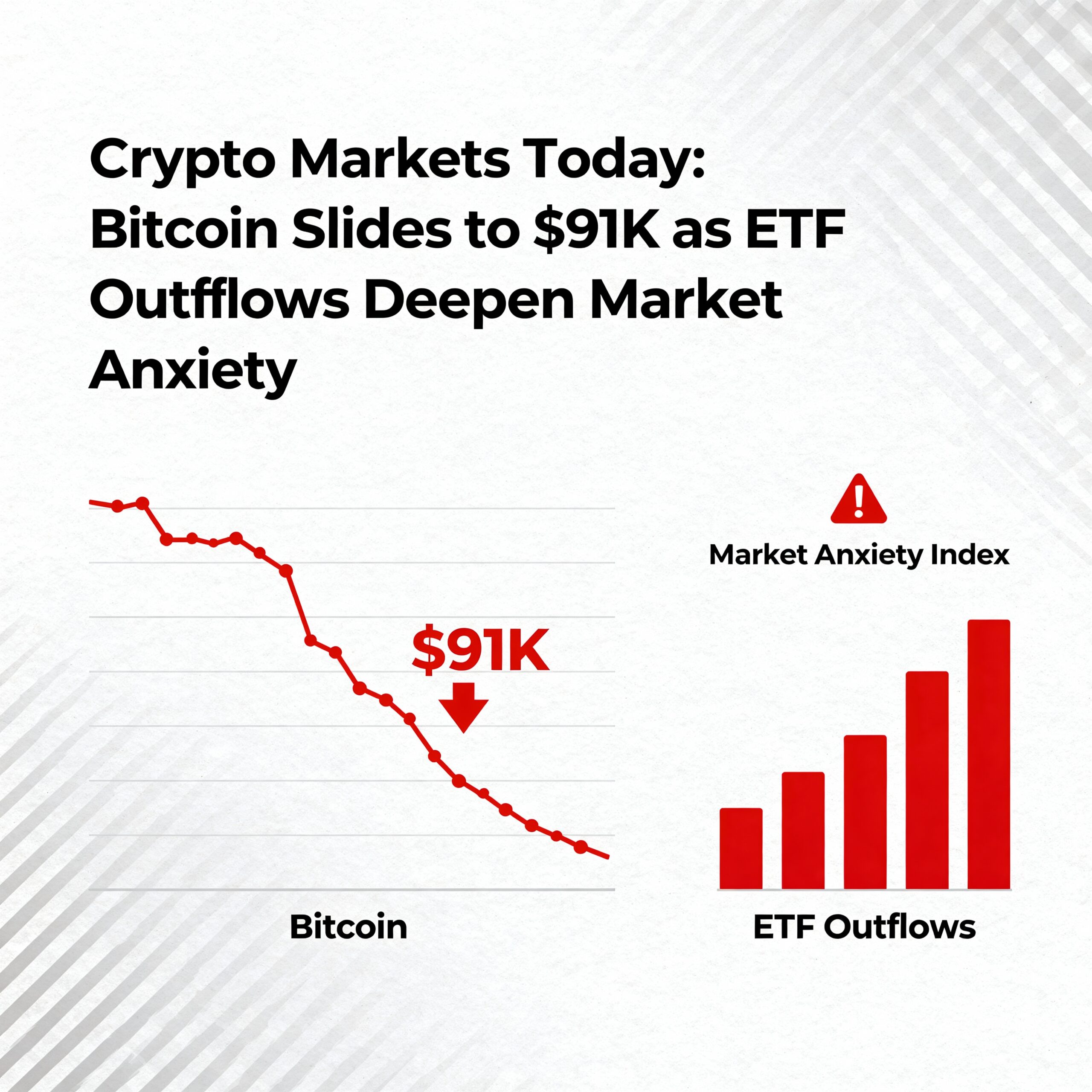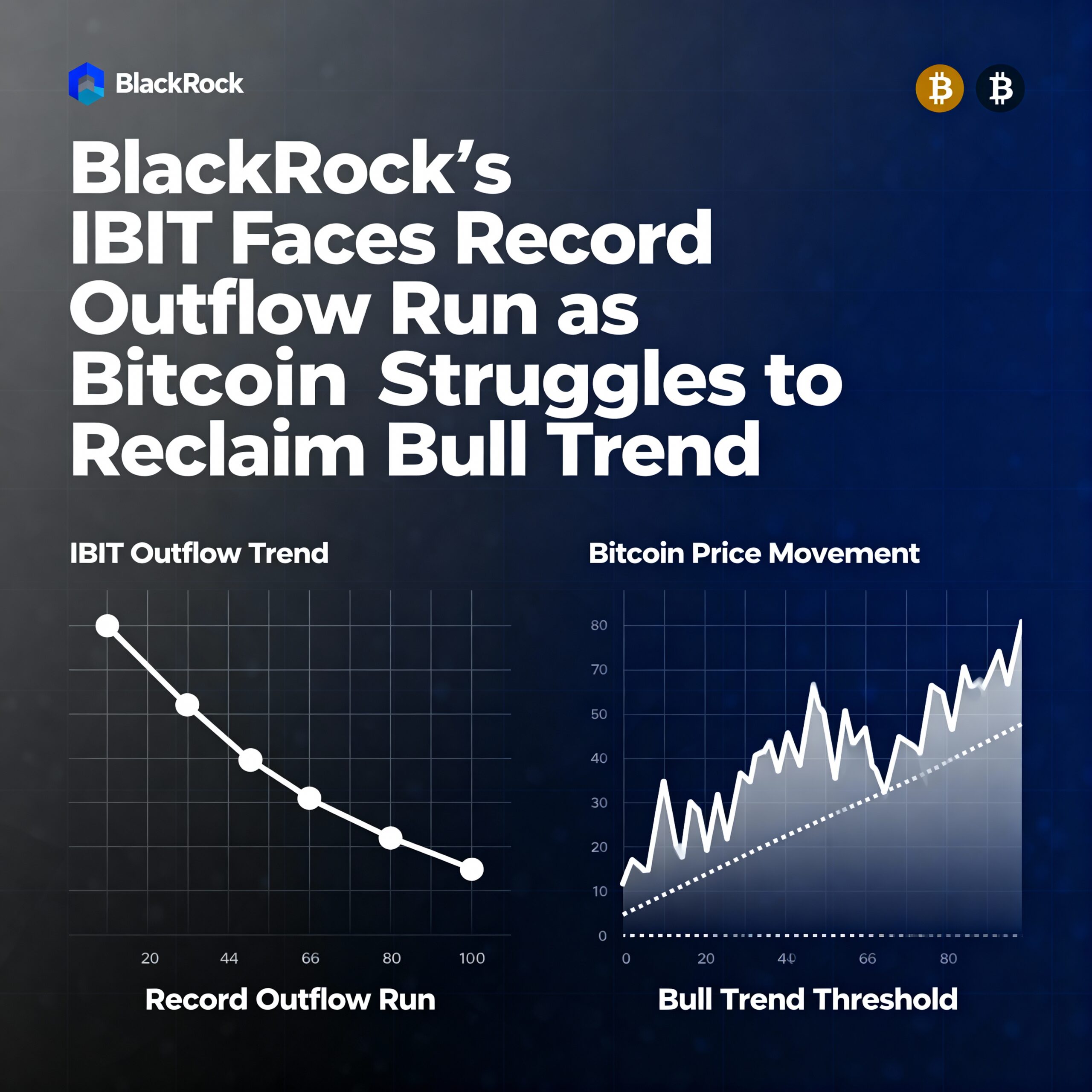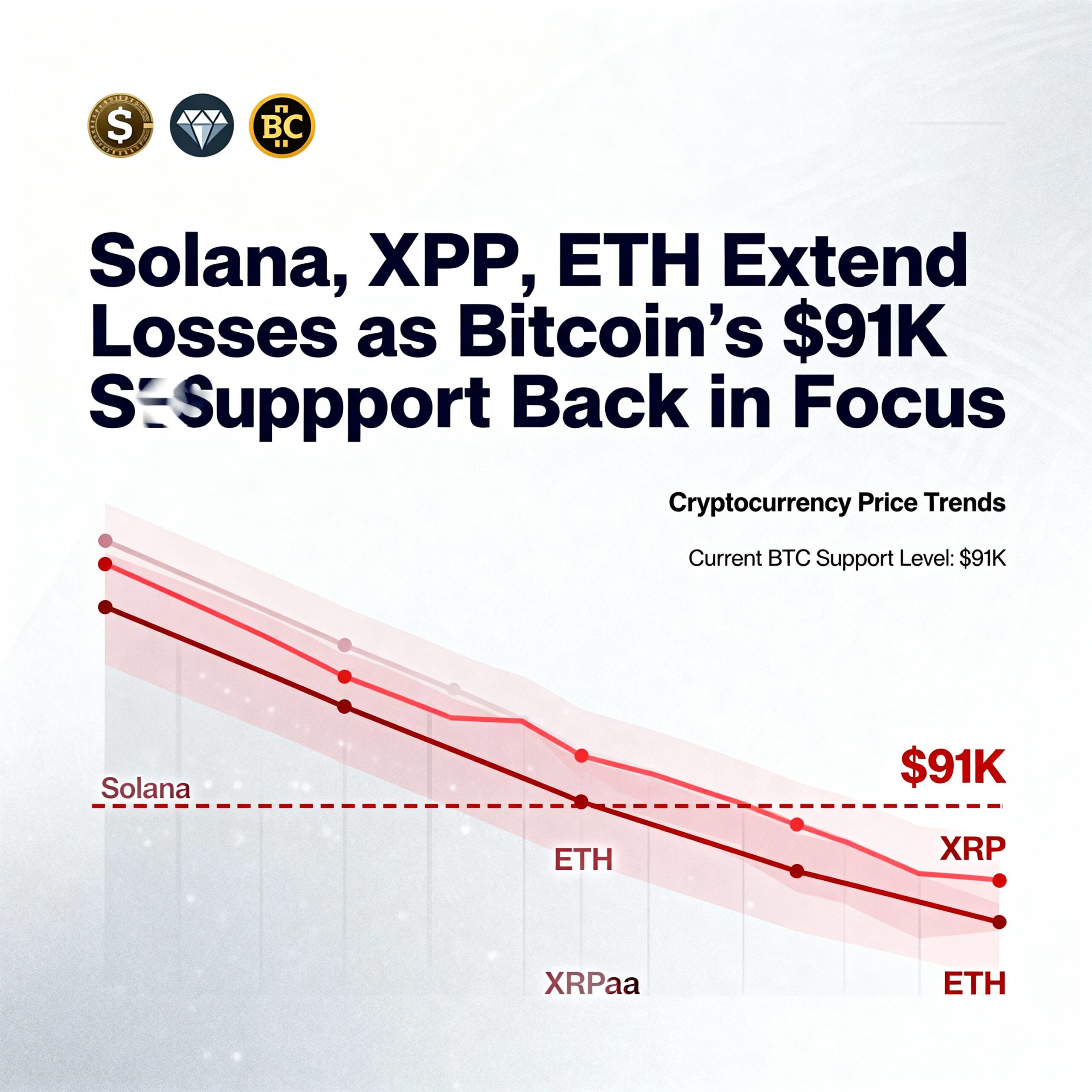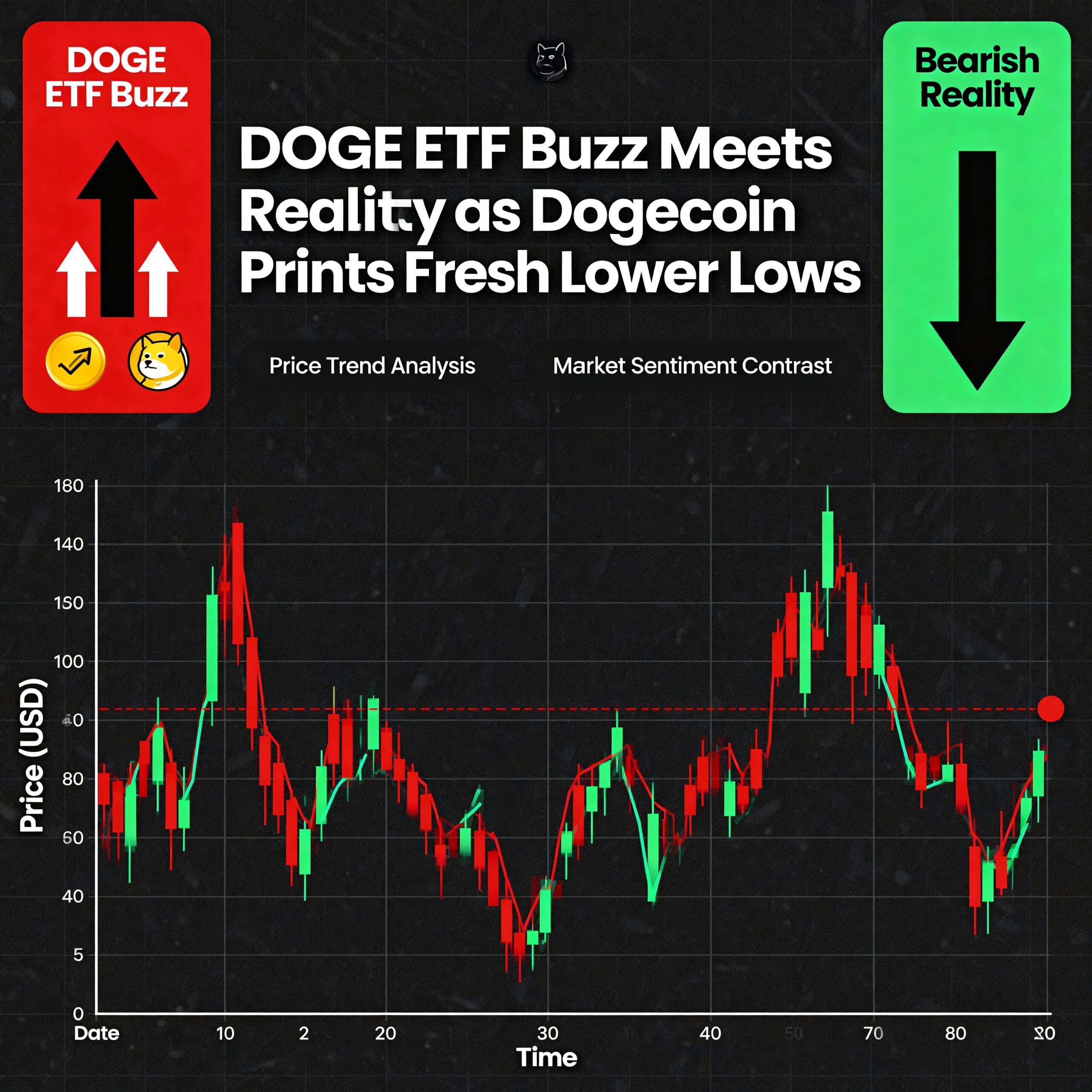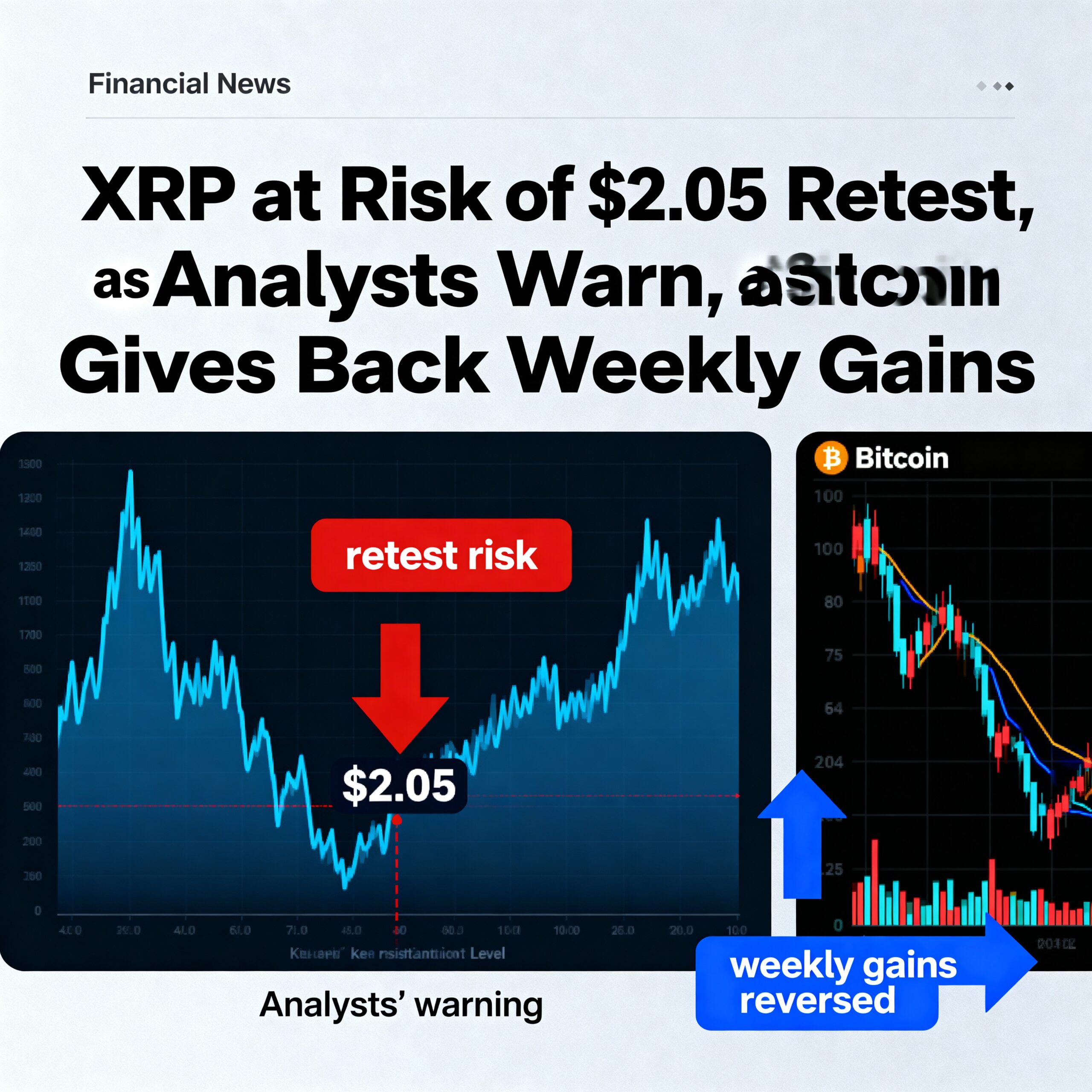
XRP, Dogecoin (DOGE), and Cardano (ADA) all plunged more than 25%, wiping out all gains since December and dropping back to levels last seen before the U.S. presidential election in early November. This sharp downturn comes after new tariffs were imposed by the U.S. on Canada and Mexico over the weekend, triggering fears of a global trade war and diminishing sentiment for risk assets.
In the last 24 hours, the broader crypto market has taken a hit, with the major altcoins suffering steep losses. XRP, DOGE, and ADA all experienced declines of over 25%, while Bitcoin (BTC) dropped 6%. The total market capitalization dropped by 12%, its largest fall in over a year, and the CoinDesk 20 Index (CD20) was down 10%. The drop was largely influenced by growing concerns over the escalating trade conflict, which threatens to disrupt the global economy.
In futures markets, Ethereum (ETH) products alone saw more than $600 million in liquidations, most of which occurred during the early hours of Asian trading. XRP and DOGE futures combined to lose $150 million, and altcoins like Solana and Litecoin contributed to $138 million in liquidations. The total liquidations across the market crossed the $2.2 billion mark, the highest level this year and one of the largest on record. Binance witnessed the biggest single liquidation, with a $25 million tether-margined ETH position getting closed.
“We’re seeing massive liquidations as traders are caught off-guard by the sudden volatility. Ethereum’s 20% drop, in particular, raised concerns as it’s behaving more like an altcoin without the backing of strong institutional inflows,” said Augustine Fan, head of insights at SignalPlus. “The sharp liquidation events over the past 24 hours suggest that markets are in a full risk-off mode, awaiting the next major catalyst.”
A liquidation occurs when traders with leveraged positions don’t have enough funds to keep their positions open, forcing them to be closed automatically. While liquidations are common in crypto, large events like the current one signal a shift in market sentiment and can often lead to further price movements.
The market correction stems from renewed trade tensions between the U.S. and its top trading partners, triggered by U.S. President Donald Trump’s decision to impose 25% tariffs on imports from Canada and Mexico. Both countries have threatened retaliatory tariffs, while China has already announced plans to file a complaint with the World Trade Organization (WTO). The looming trade war has sparked concerns over higher prices for goods and the potential for economic slowdown, contributing to the bearish market sentiment.

